LigularidineCAS# 60872-63-1 |

- Neoligularidine
Catalog No.:BCN2137
CAS No.:90364-91-3
Quality Control & MSDS
3D structure
Package In Stock
Number of papers citing our products
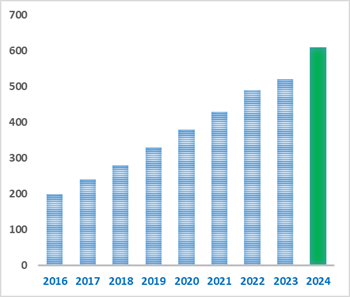
| Cas No. | 60872-63-1 | SDF | Download SDF |
| PubChem ID | 6440207 | Appearance | Cryst. |
| Formula | C21H29NO7 | M.Wt | 407.46 |
| Type of Compound | Alkaloids | Storage | Desiccate at -20°C |
| Solubility | Soluble in Chloroform,Dichloromethane,Ethyl Acetate,DMSO,Acetone,etc. | ||
| Chemical Name | [(1R,4E,6R,7S,11Z)-4-ethylidene-6,7,14-trimethyl-3,8,17-trioxo-2,9-dioxa-14-azabicyclo[9.5.1]heptadec-11-en-7-yl] acetate | ||
| SMILES | CC=C1CC(C(C(=O)OCC2=CCN(CCC(C2=O)OC1=O)C)(C)OC(=O)C)C | ||
| Standard InChIKey | ZOIAVVNLMDKOIV-BPYQQJMWSA-N | ||
| Standard InChI | InChI=1S/C21H29NO7/c1-6-15-11-13(2)21(4,29-14(3)23)20(26)27-12-16-7-9-22(5)10-8-17(18(16)24)28-19(15)25/h6-7,13,17H,8-12H2,1-5H3/b15-6+,16-7-/t13-,17-,21+/m1/s1 | ||
| General tips | For obtaining a higher solubility , please warm the tube at 37 ℃ and shake it in the ultrasonic bath for a while.Stock solution can be stored below -20℃ for several months. We recommend that you prepare and use the solution on the same day. However, if the test schedule requires, the stock solutions can be prepared in advance, and the stock solution must be sealed and stored below -20℃. In general, the stock solution can be kept for several months. Before use, we recommend that you leave the vial at room temperature for at least an hour before opening it. |
||
| About Packaging | 1. The packaging of the product may be reversed during transportation, cause the high purity compounds to adhere to the neck or cap of the vial.Take the vail out of its packaging and shake gently until the compounds fall to the bottom of the vial. 2. For liquid products, please centrifuge at 500xg to gather the liquid to the bottom of the vial. 3. Try to avoid loss or contamination during the experiment. |
||
| Shipping Condition | Packaging according to customer requirements(5mg, 10mg, 20mg and more). Ship via FedEx, DHL, UPS, EMS or other couriers with RT, or blue ice upon request. | ||
| Description | 1. Ligularidine has significantly high mutagenic activity. |
| Targets | DNA/RNA Synthesis |

Ligularidine Dilution Calculator

Ligularidine Molarity Calculator
| 1 mg | 5 mg | 10 mg | 20 mg | 25 mg | |
| 1 mM | 2.4542 mL | 12.2711 mL | 24.5423 mL | 49.0846 mL | 61.3557 mL |
| 5 mM | 0.4908 mL | 2.4542 mL | 4.9085 mL | 9.8169 mL | 12.2711 mL |
| 10 mM | 0.2454 mL | 1.2271 mL | 2.4542 mL | 4.9085 mL | 6.1356 mL |
| 50 mM | 0.0491 mL | 0.2454 mL | 0.4908 mL | 0.9817 mL | 1.2271 mL |
| 100 mM | 0.0245 mL | 0.1227 mL | 0.2454 mL | 0.4908 mL | 0.6136 mL |
| * Note: If you are in the process of experiment, it's necessary to make the dilution ratios of the samples. The dilution data above is only for reference. Normally, it's can get a better solubility within lower of Concentrations. | |||||

Calcutta University

University of Minnesota

University of Maryland School of Medicine
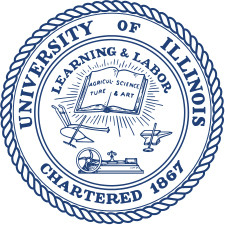
University of Illinois at Chicago
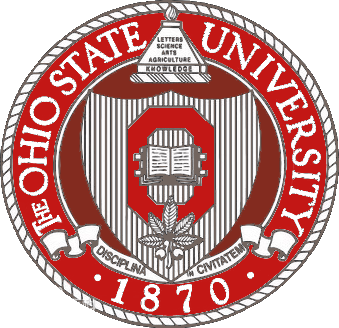
The Ohio State University
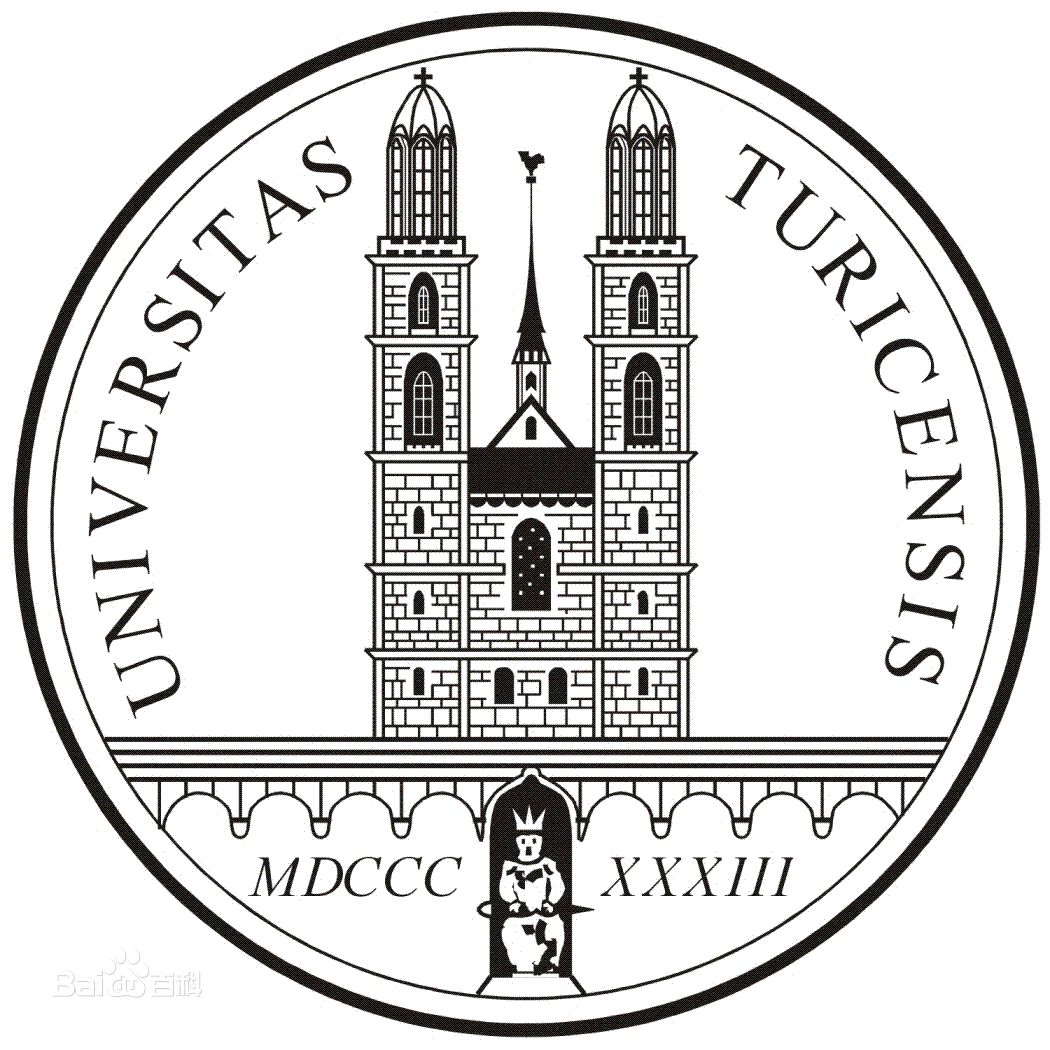
University of Zurich

Harvard University

Colorado State University
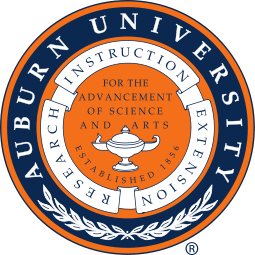
Auburn University

Yale University

Worcester Polytechnic Institute

Washington State University
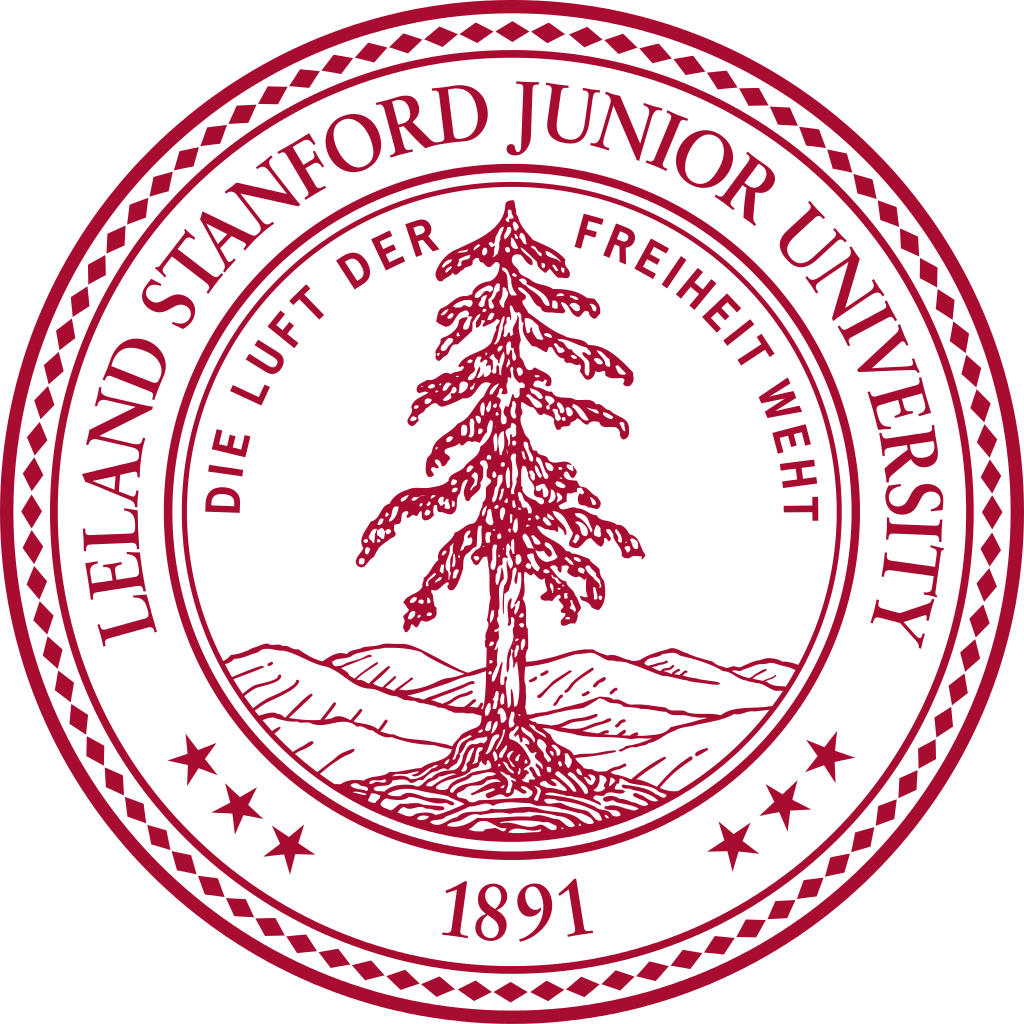
Stanford University

University of Leipzig
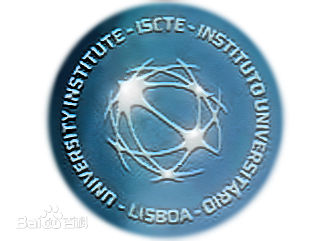
Universidade da Beira Interior
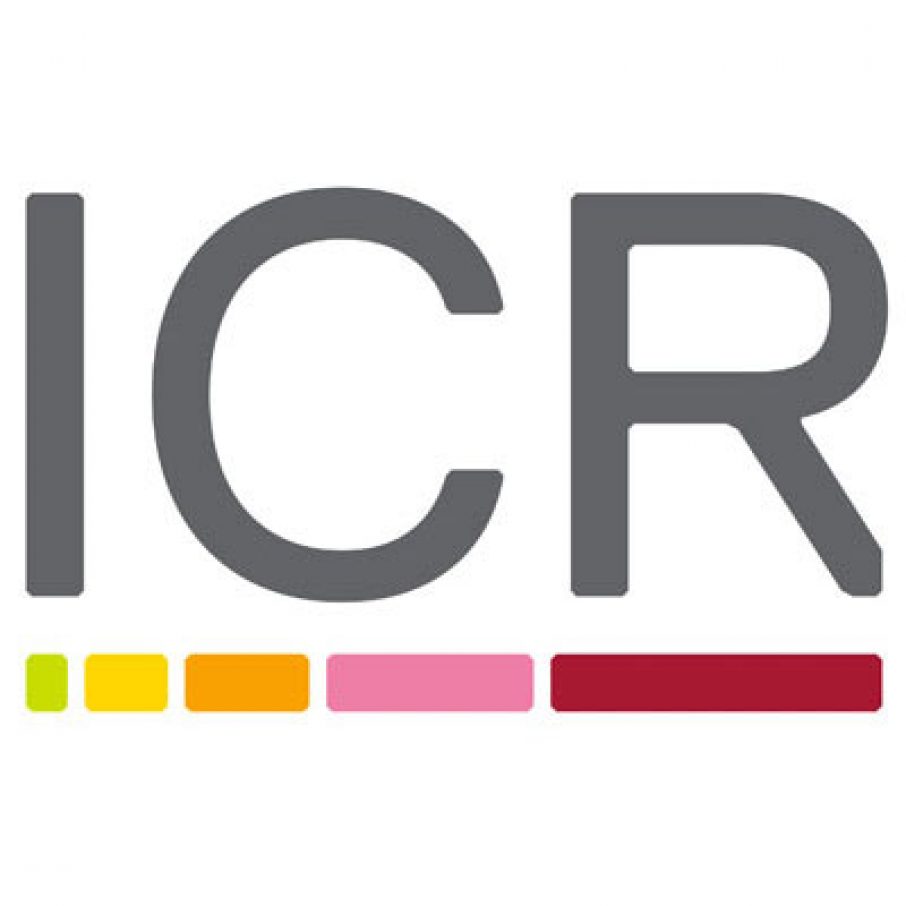
The Institute of Cancer Research
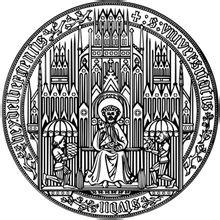
Heidelberg University

University of Amsterdam

University of Auckland

TsingHua University
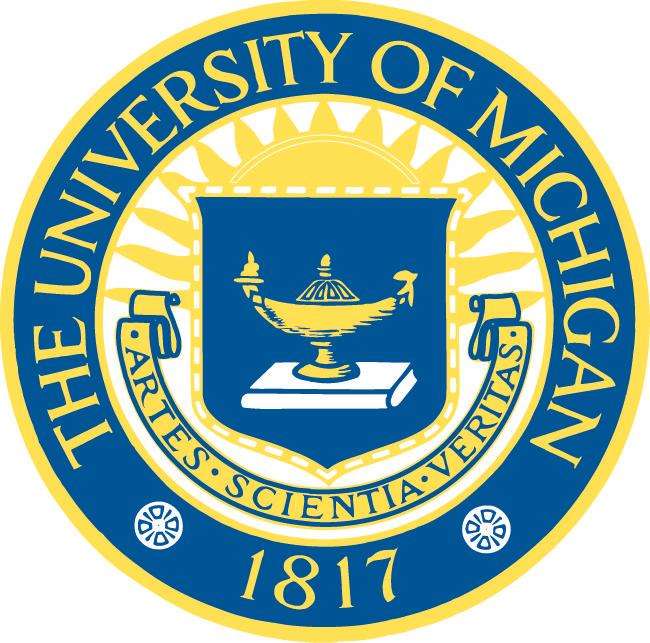
The University of Michigan

Miami University
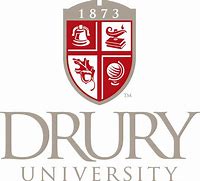
DRURY University
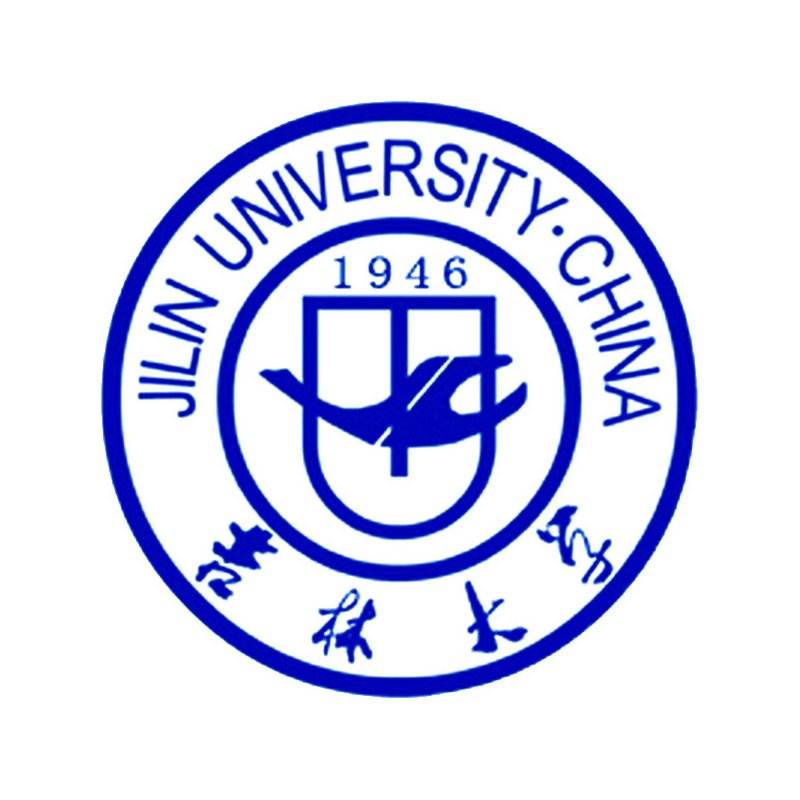
Jilin University

Fudan University

Wuhan University

Sun Yat-sen University

Universite de Paris

Deemed University

Auckland University

The University of Tokyo

Korea University
- Crotaverrine
Catalog No.:BCN2142
CAS No.:60827-69-2
- Esculentoside B
Catalog No.:BCN5011
CAS No.:60820-94-2
- Apremilast (CC-10004)
Catalog No.:BCC2273
CAS No.:608141-41-9
- 4-Methoxy-1-methoxycarbonyl-beta-carboline
Catalog No.:BCN1401
CAS No.:60807-25-2
- Lithium Citrate
Catalog No.:BCC3804
CAS No.:6080-58-6
- Sinomenine HCl
Catalog No.:BCN6318
CAS No.:6080-33-7
- Dulcitol
Catalog No.:BCN8153
CAS No.:608-66-2
- 5,7,8-Trimethoxycoumarin
Catalog No.:BCN4125
CAS No.:60796-65-8
- Norbraylin
Catalog No.:BCN4124
CAS No.:60796-64-7
- Berbamine hydrochloride
Catalog No.:BCN2400
CAS No.:6078-17-7
- Quercetin 3-O-beta-D-glucose-7-O-beta-D-gentiobioside
Catalog No.:BCN7821
CAS No.:60778-02-1
- SB742457
Catalog No.:BCC5058
CAS No.:607742-69-8
- PIR 3.5
Catalog No.:BCC6128
CAS No.:6088-51-3
- H-DL-Pro-OH
Catalog No.:BCC3026
CAS No.:609-36-9
- 6-Hydroxycoumarin
Catalog No.:BCC9207
CAS No.:6093-68-1
- YZ9
Catalog No.:BCC8001
CAS No.:6093-71-6
- Bz-Glu-OH
Catalog No.:BCC2922
CAS No.:6094-36-6
- Geraniin
Catalog No.:BCN2402
CAS No.:60976-49-0
- 2-Methoxycinnamic acid
Catalog No.:BCN5038
CAS No.:6099-03-2
- Dibucaine (Cinchocaine) HCl
Catalog No.:BCC3760
CAS No.:61-12-1
- Adenosine 5'-monophosphate
Catalog No.:BCC8809
CAS No.:61-19-8
- Papaverine Hydrochloride
Catalog No.:BCC8348
CAS No.:61-25-6
- Mefenamic Acid
Catalog No.:BCC4433
CAS No.:61-68-7
- Phenylephrine HCl
Catalog No.:BCC4335
CAS No.:61-76-7
Genotoxicity of a variety of pyrrolizidine alkaloids in the hepatocyte primary culture-DNA repair test using rat, mouse, and hamster hepatocytes.[Pubmed:4005849]
Cancer Res. 1985 Jul;45(7):3125-9.
Seventeen pyrrolizidine alkaloids were studied with the hepatocyte primary culture-DNA repair test using rat hepatocytes. DNA repair synthesis was elicited by 15 alkaloids, including 11 of unknown carcinogenicity, i.e., senecionine, seneciphylline, jacobine, epoxyseneciphylline, senecicannabine, acetylfukinotoxin, syneilesine, dihydroclivorine, Ligularidine, neoLigularidine, and ligularizine. The positive results with these alkaloids of unknown carcinogenicity suggest that they are possibly genotoxic carcinogens. The two pyrrolizidine alkaloids that did not elicit DNA repair were retronecine which lacks a necic acid component and ligularinine which lacks the unsaturated double bond at the 1,2-position of the pyrrolizidine ring. Five pyrrolizidine alkaloids, retronecine, monocrotaline, seneciphylline, senkirkine, and clivorine, were also tested in the DNA repair test with hamster or mouse hepatocytes. These alkaloids, except retronecine, showed a positive response in the test with hamster hepatocytes, but in the test with mouse hepatocytes clivorine in addition to retronecine was also negative. The results indicate a species difference in liver bioactivation of pyrrolizidine alkaloids, implying that there could be species differences in their carcinogenic activities.


